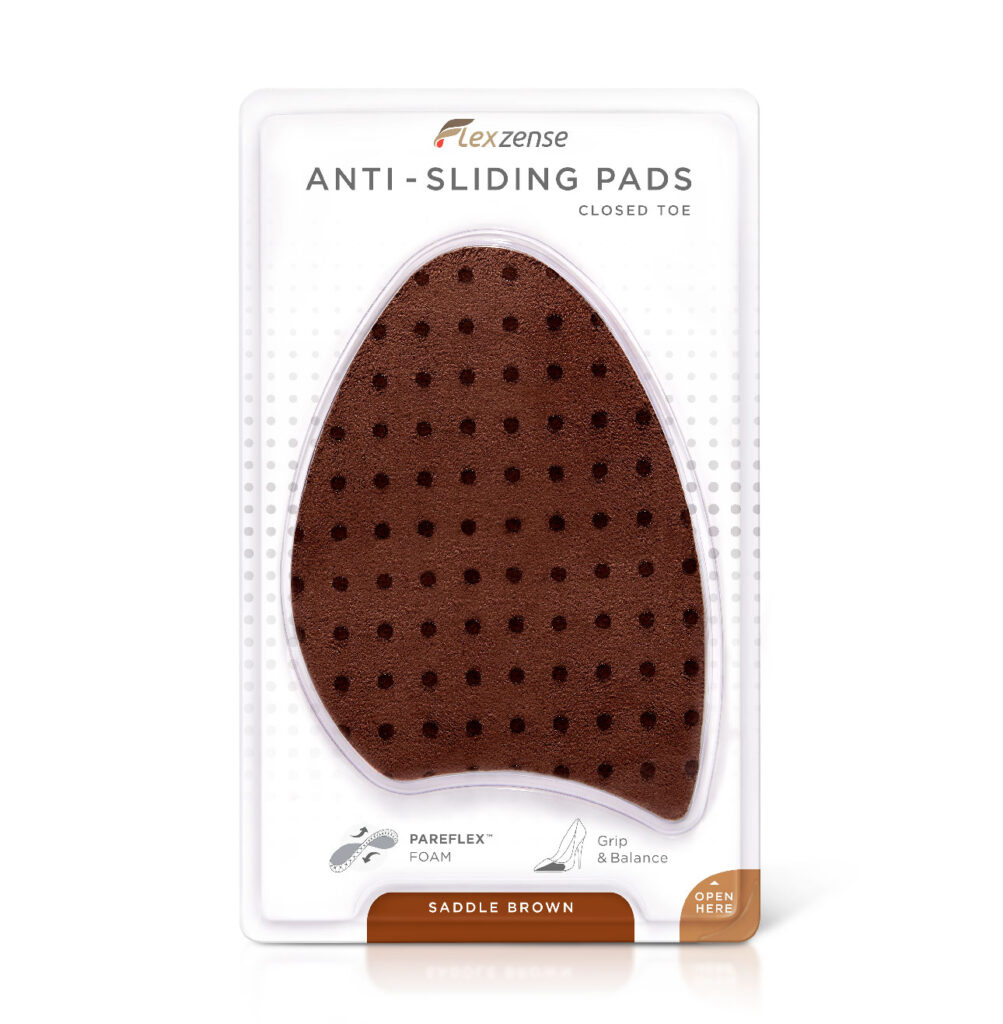What exactly is Metatarsalgia?
Metatarsalgia is a condition where the ball of your foot hurts due to numerous reasons. Most people who experience metatarsal pain would find walking in general a discomfort, as pain occurs at the base of the toes – which in severe cases, could result in inflammation. Metatarsalgia is common among working women, athletes, and those who tend to exert extreme force onto their foot front. Despite the pain it causes, Metatarsalgia can simply be treated with a variety of treatment options and methods.
Main Symptoms
Metatarsalgia is a common overuse injury – a foot condition that involves pain at the end of metatarsal bones located at the ball of the foot. Pain in the ball of your foot becomes extreme when force is exerted while you walk or run. Sometimes, you may feel like stepping on rocks as you walk, alongside the feeling of numbness and a tingling sensation that won’t go away in a matter of minutes.
What causes Metatarsalgia?
Although there are various factors that contribute to Metatarsalgia and severe pain in the ball of your foot, the common cause results from the exertion of too much pressure on one area of the foot – for example, pressing your entire weight on your metatarsals or your foot front. This usually happens among working women wearing high heels to work and athletes performing their high jumps.
Treatments
Metatarsalgia is common and can usually be treated simply just at home. To relieve foot pain of such and prevent the condition from becoming a chronic pain, it is recommended to ice your injured feet with a frozen pack of gel and avoid activities that may exert pressure to your aching feet. Use metatarsal pads or cushioned pads to care for painful balls of your feet, and comfy shoe inserts (specifically, high heel inserts) to support the metatarsals – highly recommended among working women and office professionals to relieve pain and discomfort.
Prevention
Metatarsalgia is indeed a painful condition at areas of the metatarsals. Therefore, it is best to prevent the condition by wearing comfortable shoes that are true to your size, wear cushion pads or shoe inserts when walking in high heels, and change into appropriate shoe types for various activities and occasions.



